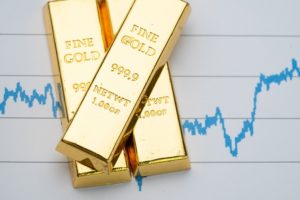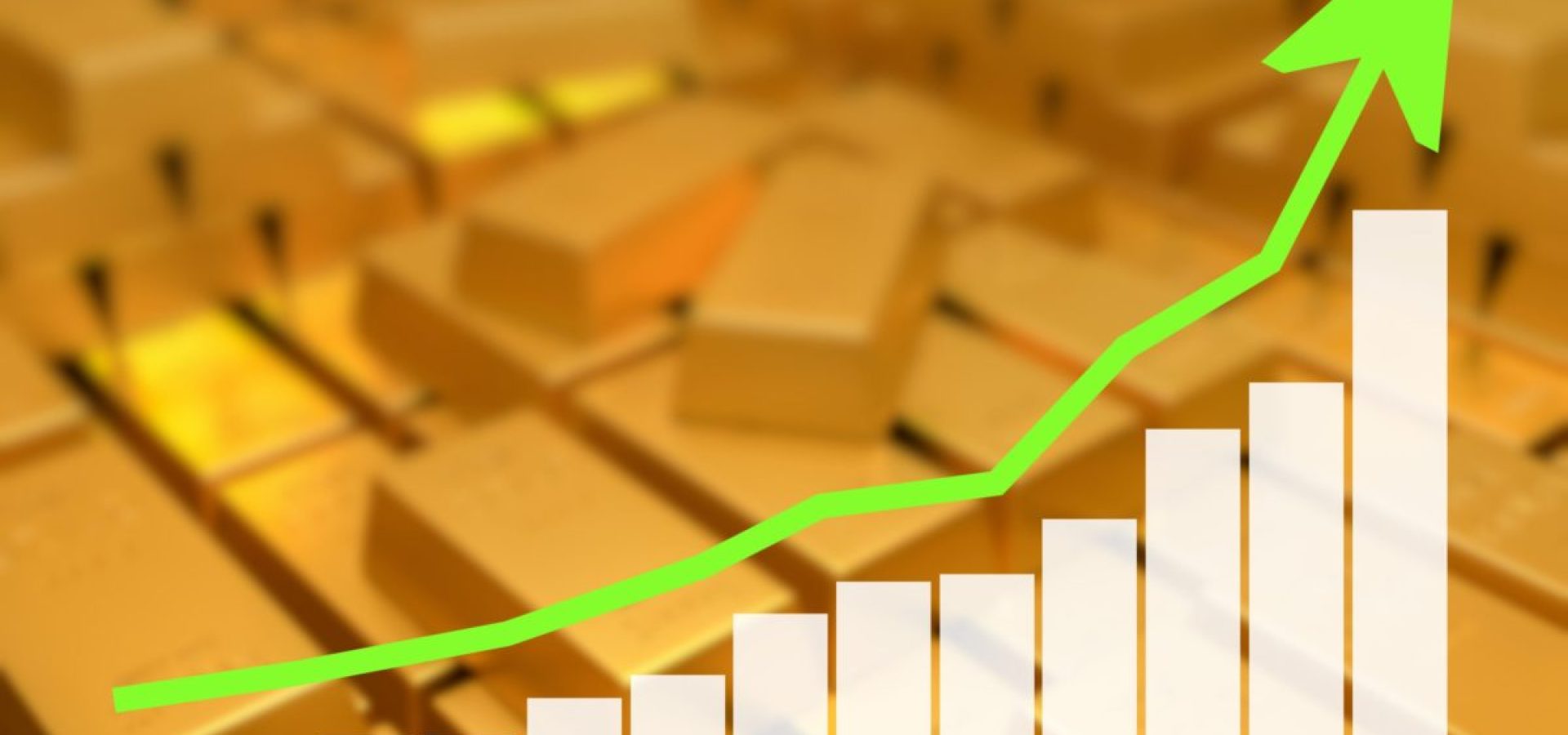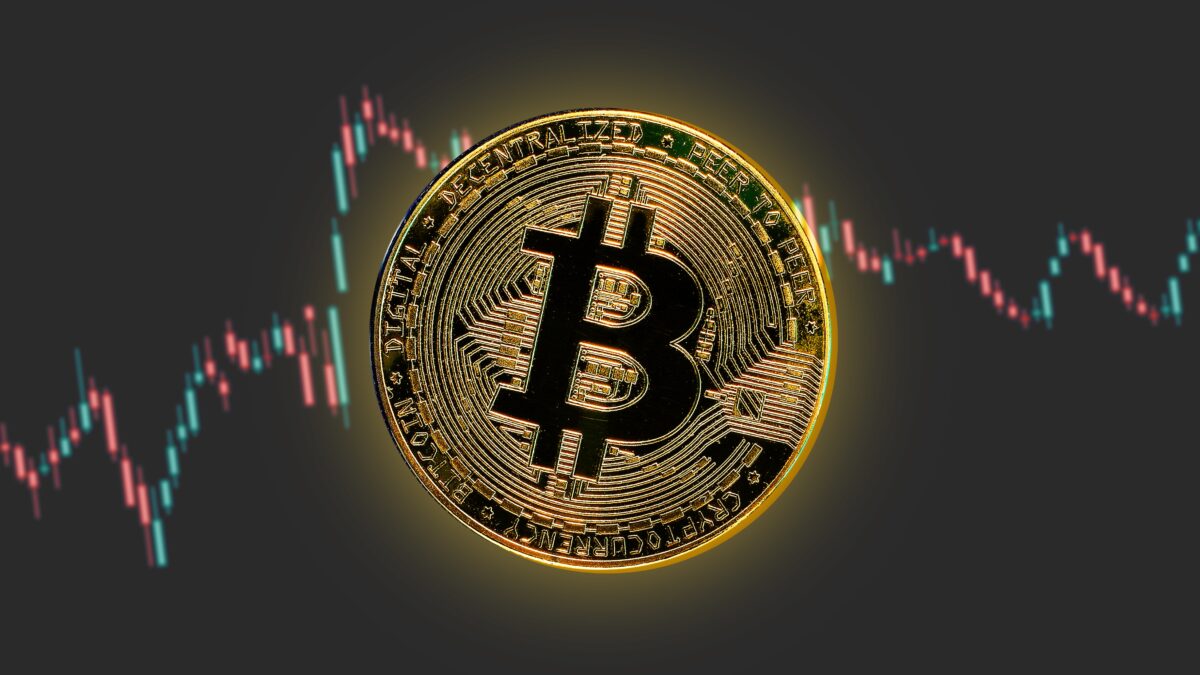The spot gold price operated on a positive note this Tuesday and advanced more than 0.4% to $ 1706. The price was driven by the uncertainty generated by the first attempts to ease confinement measures in various economies, as well as inflation figures in the United States.

The indecision in the price of the XAU/USD during the last sessions has been motivated by the lack of clarity about the effectiveness of reopening the economy after almost two months of closure. Countries such as Japan and New Zealand announced they will slowly ease restrictions this week. However, decisions to resume activity could be hasty. Fears of a second wave of COVID-19 pandemic increased after a rebound in the number of new cases occurred in South Korea and Germany.
The probability that activity around the world will take longer than expected to normalize has once again increased the attractiveness of gold.
On the other hand, the session’s gold gains were reinforced by the slowdown in core inflation in the United States. In April, the CPI that excludes volatile elements such as food and energy marked a monthly drop of 0.4%. The most profound decline since the end of 2008. The deflationary effect, along with the slow economic recovery, could lead the Fed to continue easing its monetary policy. It is a favorable scenario for gold, an asset that does not earn interest or dividends.
Gold demand skyrocketed in 2020
Half of the gold’s production goes to jewelry. The rest goes to the world’s central banks and to the portfolios of investors who are looking for a safe haven in the face of uncertainty.
The health crisis caused by COVID-19 has created an unprecedented earthquake in the economy. The yellow metal has claimed its position as a haven, skyrocketing in demand and price.
In the first quarter of the year alone, investors around the world acquired 539.6 tons of gold. That was 80% more than in the same period of 2019, according to data from the World Gold Council. The big star was the ETFs with physical backing in gold. The wave of purchases helped push metal prices to a maximum never seen in seven years. It has happened while consumption for jewelry making has plummeted by 39%.
The pandemic has had a significant and unprecedented impact. Besides, the drop in interest rates by the US Federal Reserve fueled the price of the metal. Georgette Boele, currency and metals coordinator at ABN Amro, says that the Fed has used its entire arsenal to support the economy. Aggressive easing of monetary policy is music to the ears of gold investors. This is because it offers higher returns compared to other instruments, such as government bonds.











COMMENTS